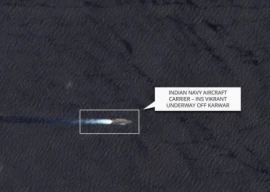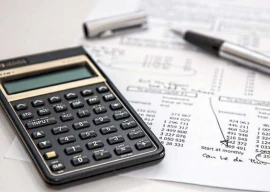
While CPEC was initially viewed by some US policymakers as an encouraging sign which could help stabilise Pakistan, the project’s growing scope and its centrality to the broader BRI has dampened such enthusiasm. Last year, the Secretary of State warned that the US would not allow the IMF to help Pakistan pay back CPEC loans. While the IMF did provide another bailout package to support Pakistan’s faltering economy, presumably assured that the country can put in place economic reforms to enable it to adequately service CPEC loans, the US administration still seems less convinced.
Speaking at a DC-based think-tank this past week, the Assistance Secretary of State for South Asia, Alice Wells, has claimed that CPEC may be pushing Pakistan deeper into a stifling debt burden, and it will foster corruption in the country while largely repatriating jobs and profits to China.
The Pakistani Foreign Minister was quick to disagree with America’s stance on CPEC, and mentioned Ms Wells’ statements would not impact CPEC. Yet, it is not very common for senior US officials to speak publicly on the BRI or CPEC hence it’s certainly worth paying attention to what was said.
There is a difference of opinion about Pakistan’s ability to service CPEC loans. Many Pakistani economists think the country will be able to service CPEC debts based on projections of an economic turnaround. Yet, external assessments remain skeptical. It is even difficult to say with certainty how much Pakistan now owes China, as Beijing is not a member of the Paris Club and does not publish or report overall figures on its official lending.
Yet, the argument that China may use its loans to Pakistan for increasing its strategic leverage is also not something the US can justifiably express concern about, given the US too has used aid to make other countries do its bidding. However, the way CPEC is unfolding has other problems also. CPEC relies primarily on Chinese workers, and Chinese companies are importing materials and equipment from back home rather than giving that business to Pakistani companies. While other international donors have also been engaged is similar practices, they now try to put in place measures to ensure aid and loans provided for development stimulate local economies.
Wells suggested that the US offers a better model to improve economic conditions in Pakistan. Yet, the belief that private US investment, coupled with bilateral grants, can improve Pakistan’s troubled economy is by no means a foregone conclusion. Multinational companies like Exxon Mobil, PepsiCo and Coca-Cola, and other US firms are already present in Pakistan. They make handsome profits but their impact on stimulating domestic economic growth is less impressive. Even more broadly, the benefits of market-based reforms encouraged by USAID, and other development agencies like the World Bank, don’t guarantee addressing problems like poverty and inequality. Economic liberalisation often brings good news to the local elite, but its benefits have a tougher time trickling down to ordinary citizens.
It is understandable that Pakistan was compelled in recent years to turn towards China to meet its energy and infrastructure needs, partly driven by growing tensions with the US. However, given somewhat of a thaw in its relationship with the US, Pakistan should think of how it can better work with the US to hedge its bets, and avert the chances of falling into a “debt-diplomacy” trap via CPEC, and other Chinese investments in the country. One tangible example of what such a balanced approach could have implied was allowing US based firms to also acquire a share of Karachi Electric, instead of just handing KE over entirely to Shanghai Electric.
Published in The Express Tribune, November 29th, 2019.
Like Opinion & Editorial on Facebook, follow @ETOpEd on Twitter to receive all updates on all our daily pieces.














COMMENTS
Comments are moderated and generally will be posted if they are on-topic and not abusive.
For more information, please see our Comments FAQ